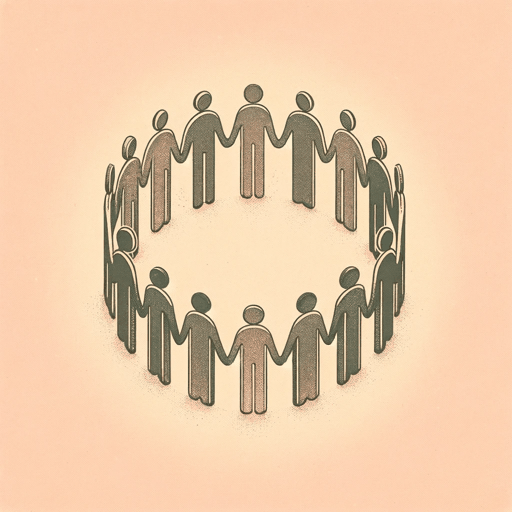50 pages • 1 hour read
Christie TateGroup: How One Therapist and a Circle of Strangers Saved My Life
Nonfiction | Autobiography / Memoir | Adult | Published in 2020A modern alternative to SparkNotes and CliffsNotes, SuperSummary offers high-quality Study Guides with detailed chapter summaries and analysis of major themes, characters, and more.
Background
Historical Context: Group Therapy as a Psychological Treatment
Group therapy originated in 1905, when American doctor Joseph Hersey Pratt held a group class on treatment for eight tuberculosis patients and found that they benefited emotionally from the experience of discussing their common situations and problems (Ezhumalai, Sinu, et al. “Group Interventions." Indian Journal of Psychiatry, 60, Feb 2018). In the following decades, group therapy was used for prison inmates, psychiatric patients, people struggling with addiction, World War II veterans, and children and adults experiencing mental illness (Ezhumalai, et al.). In 1970, Irvin Yalom published The Theory and Practice of Group Psychotherapy and defined seven “therapeutic factors” of group therapy, namely, instillation of hope, universality, imparting information, altruism, the corrective recapitulation of the primary family group, development of socializing techniques, and imitative behavior. This work is still widely used today, as group therapy continues to be a popular and effective treatment strategy in many healthcare settings.
Tate experiences most of these therapeutic benefits throughout the text. For example, her all-female group helps her to feel universality and catharsis when they discuss their dislike of their breasts. One day, after noticing that Christie is wearing three bras, Dr. Rosen asks her, “Do you hate your breasts?” and Christie knows he will not understand her feelings (122-23).

